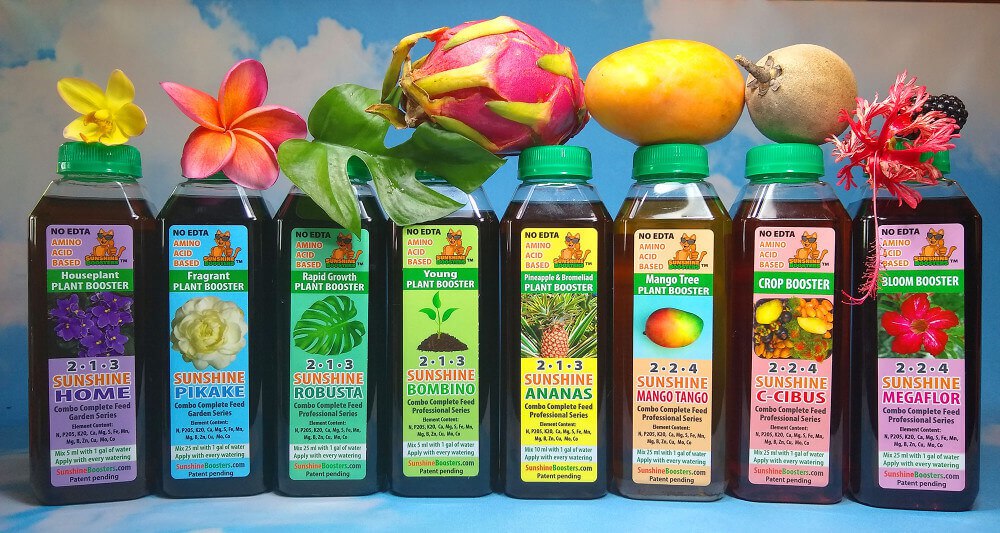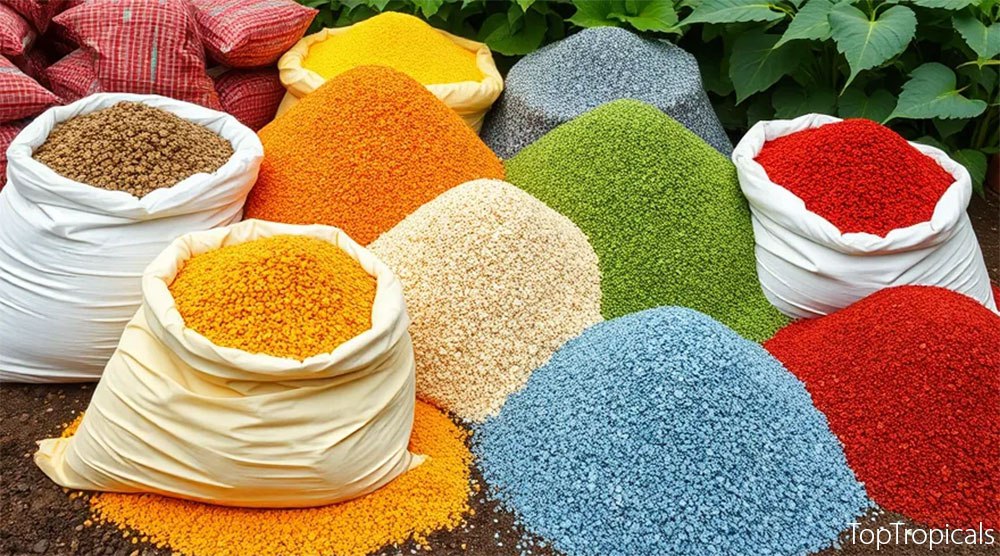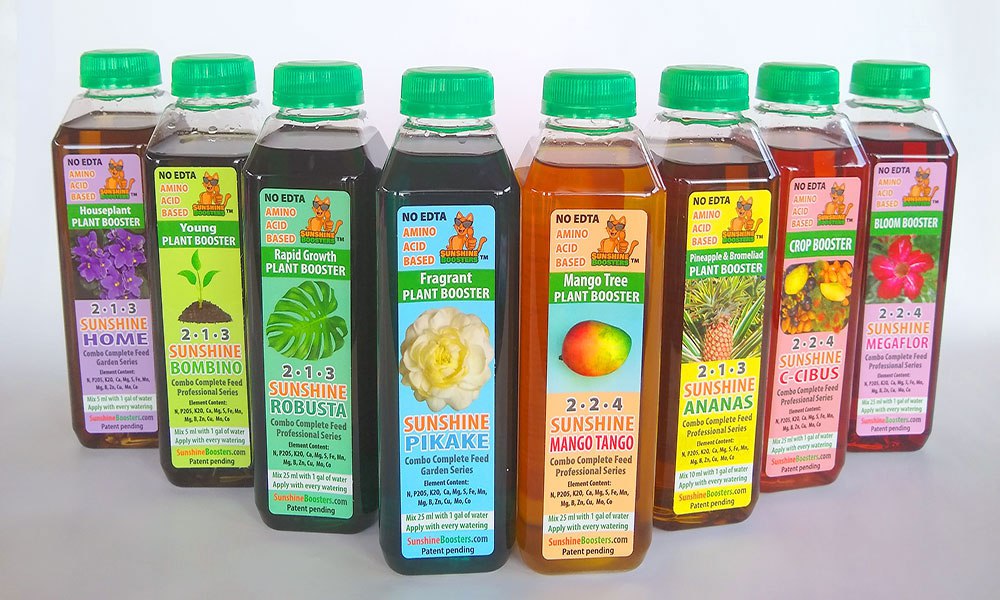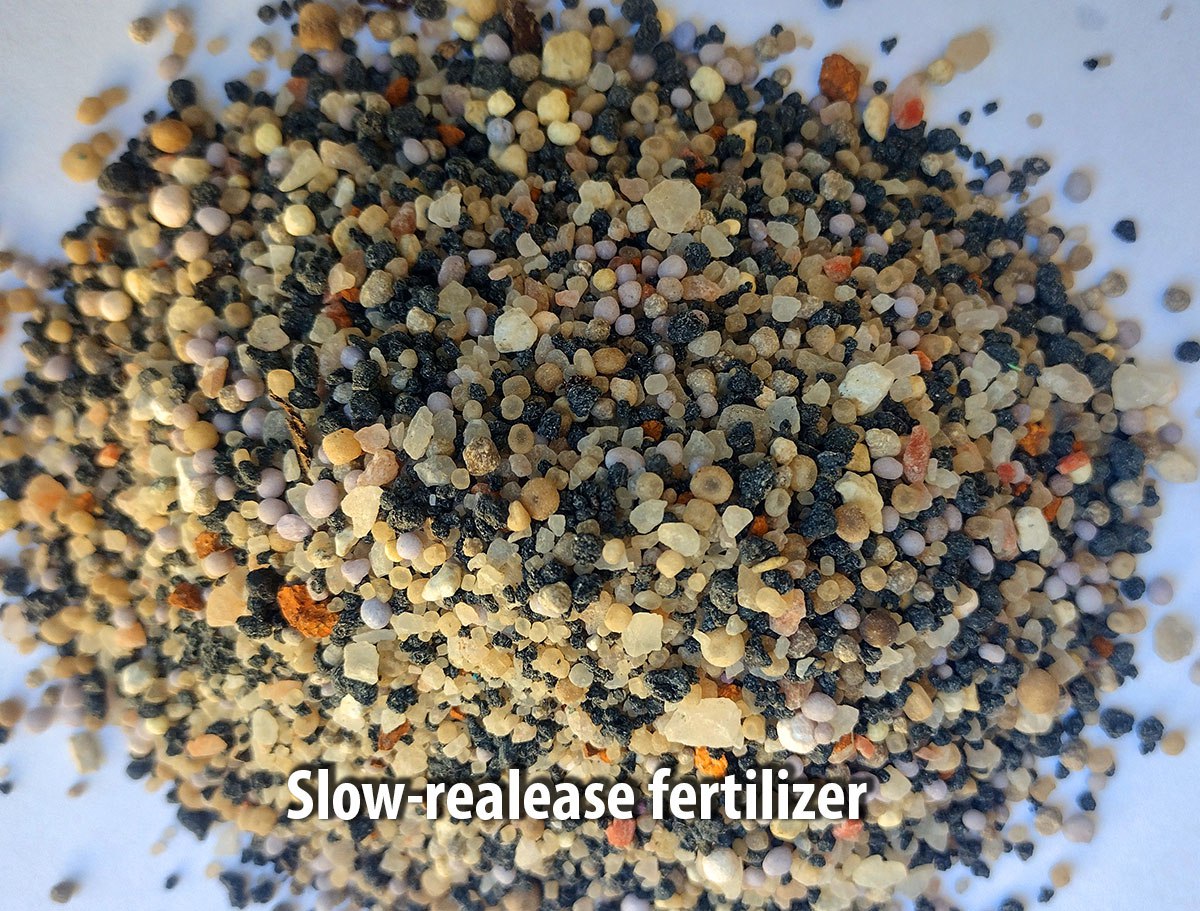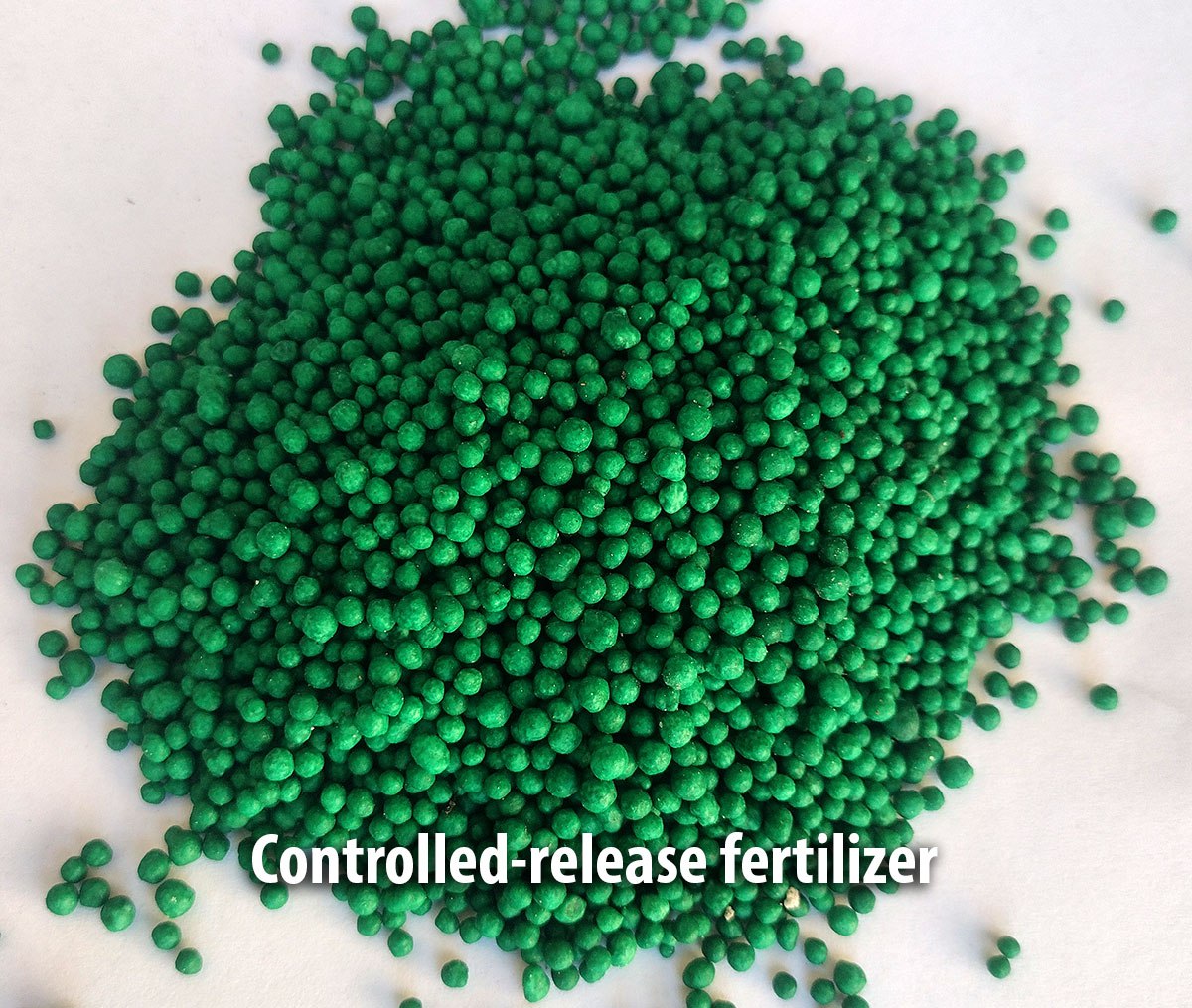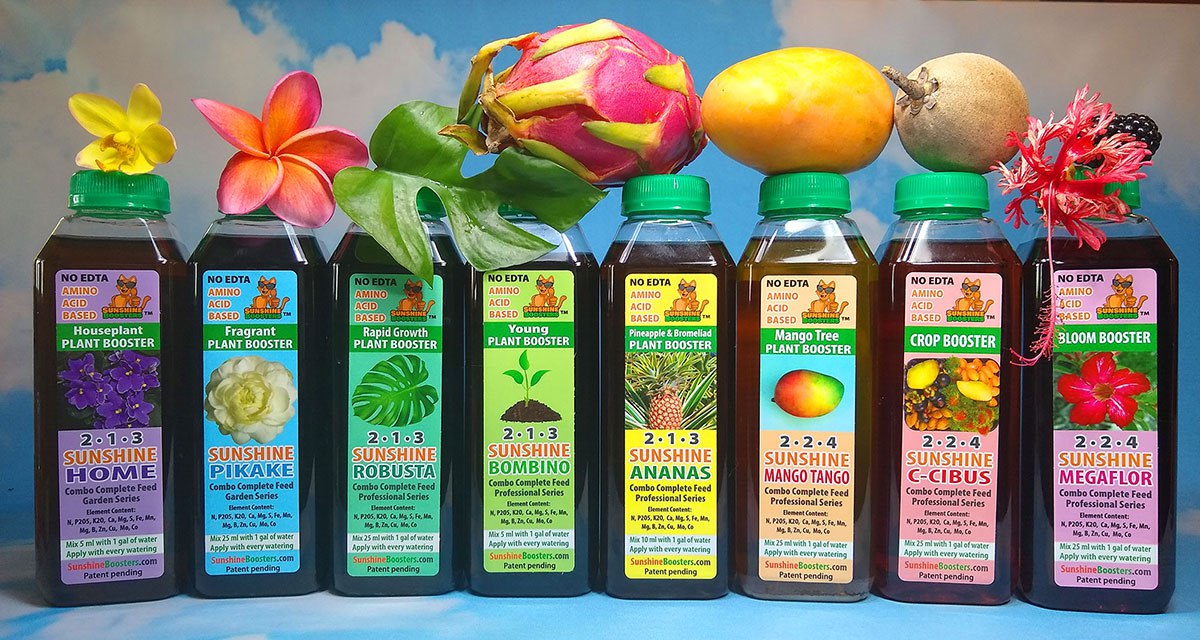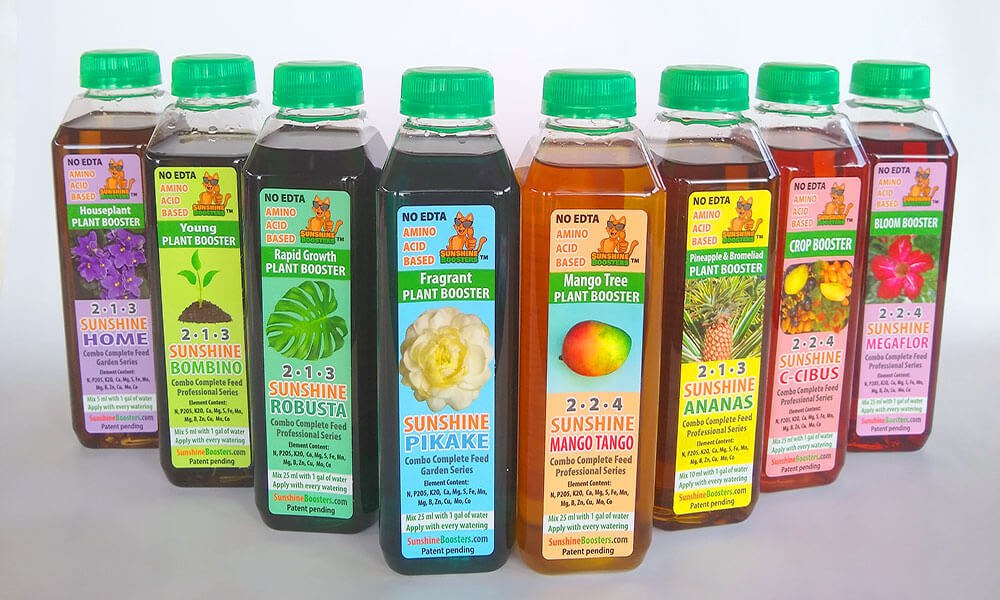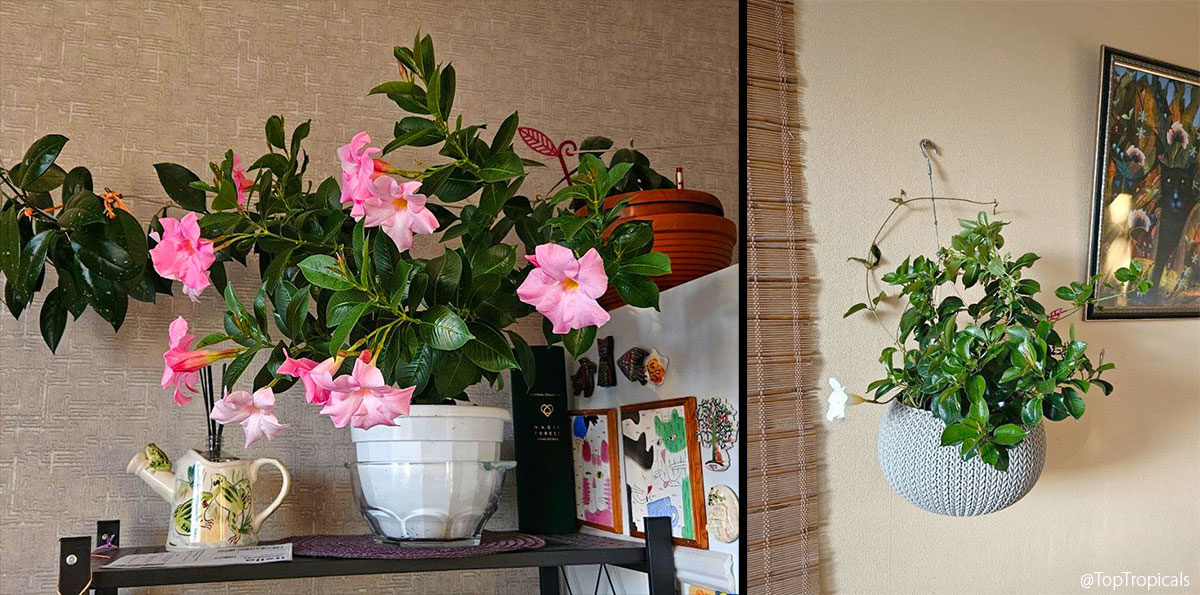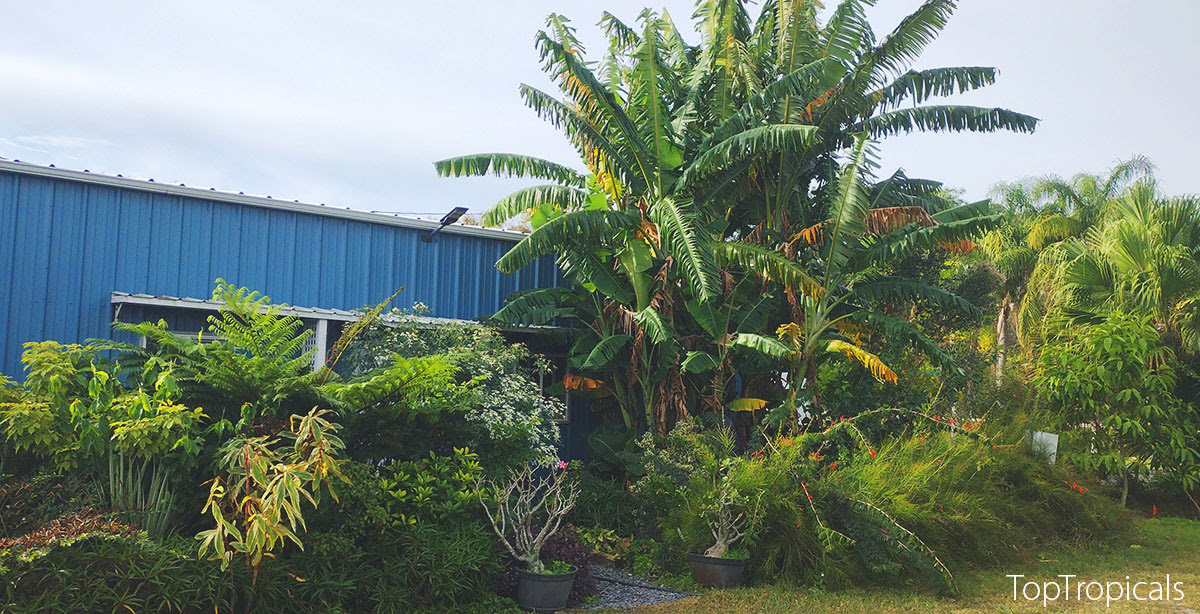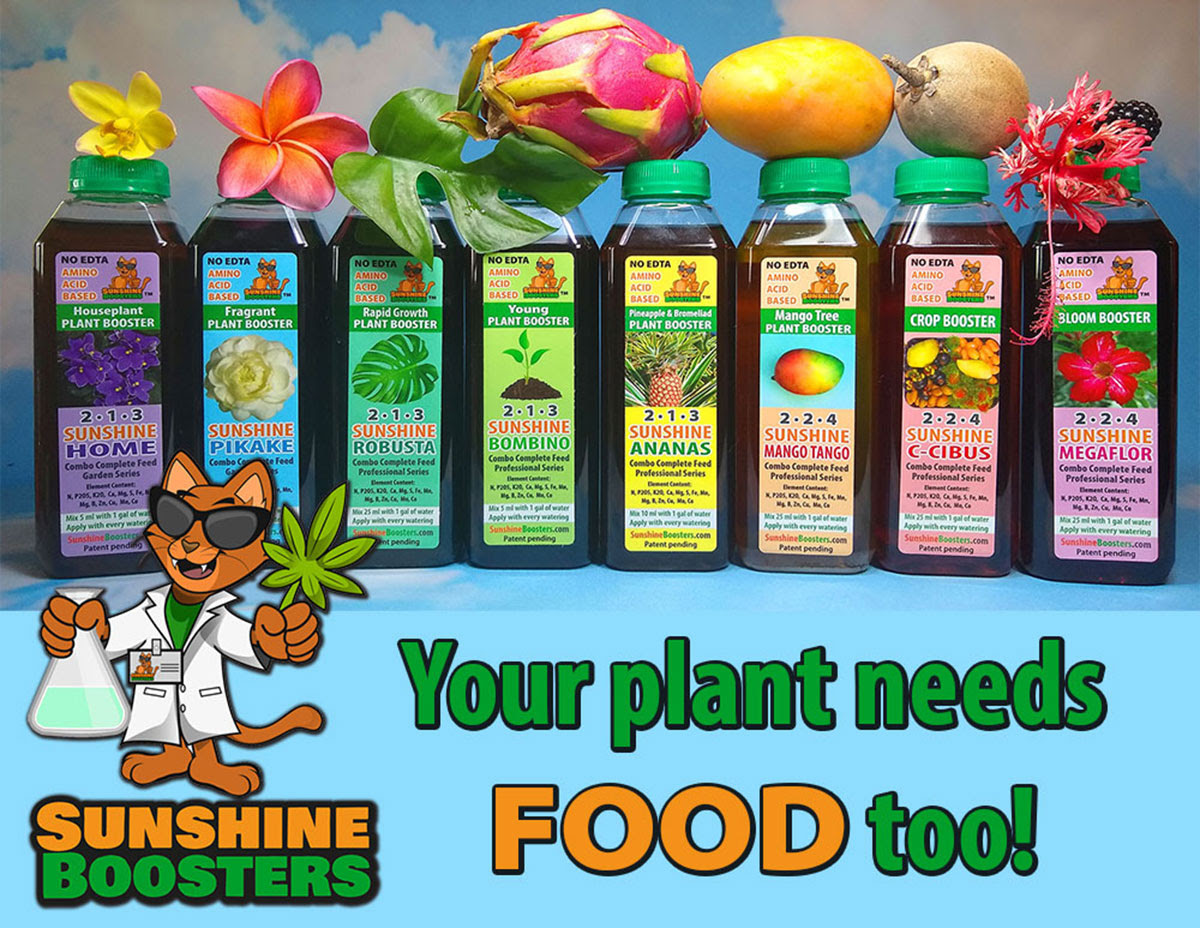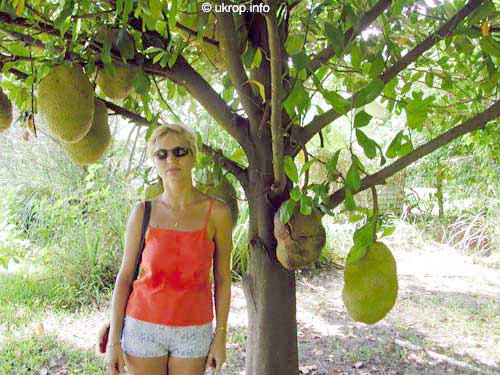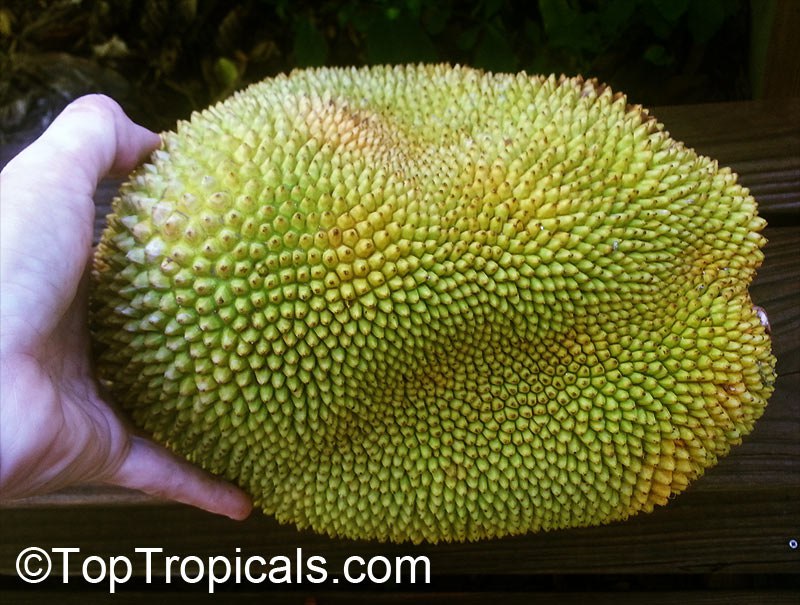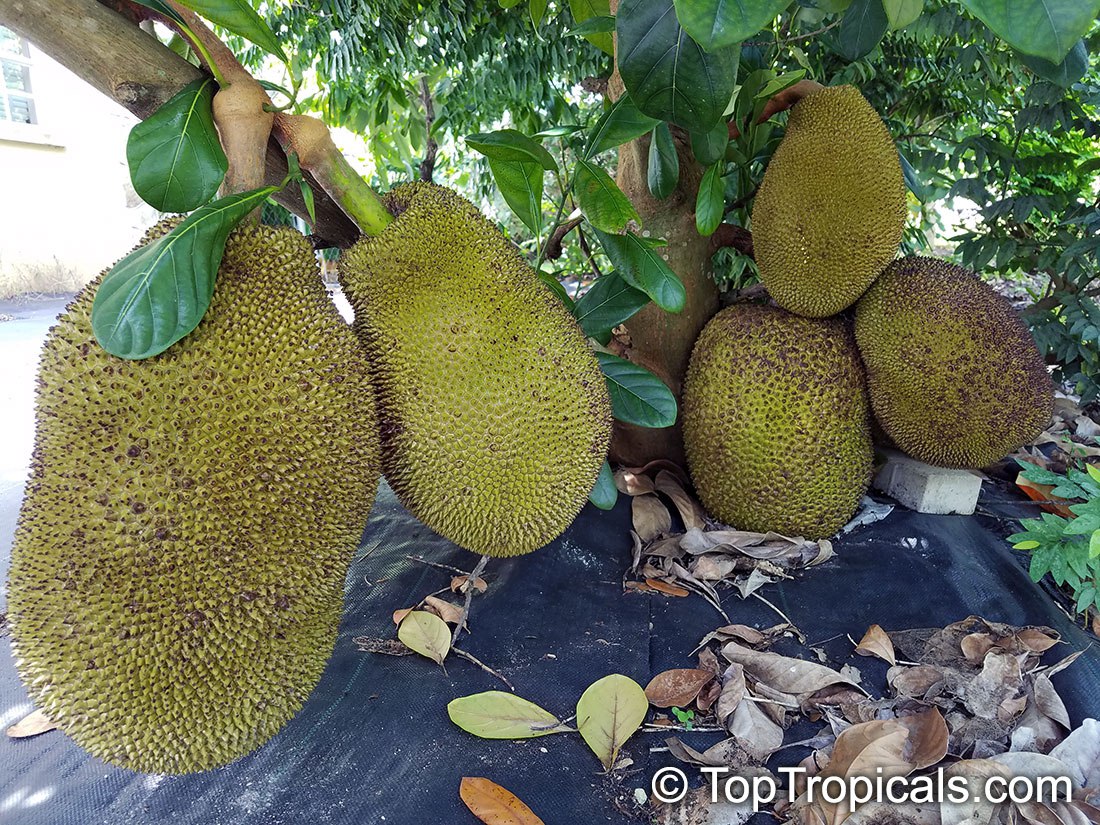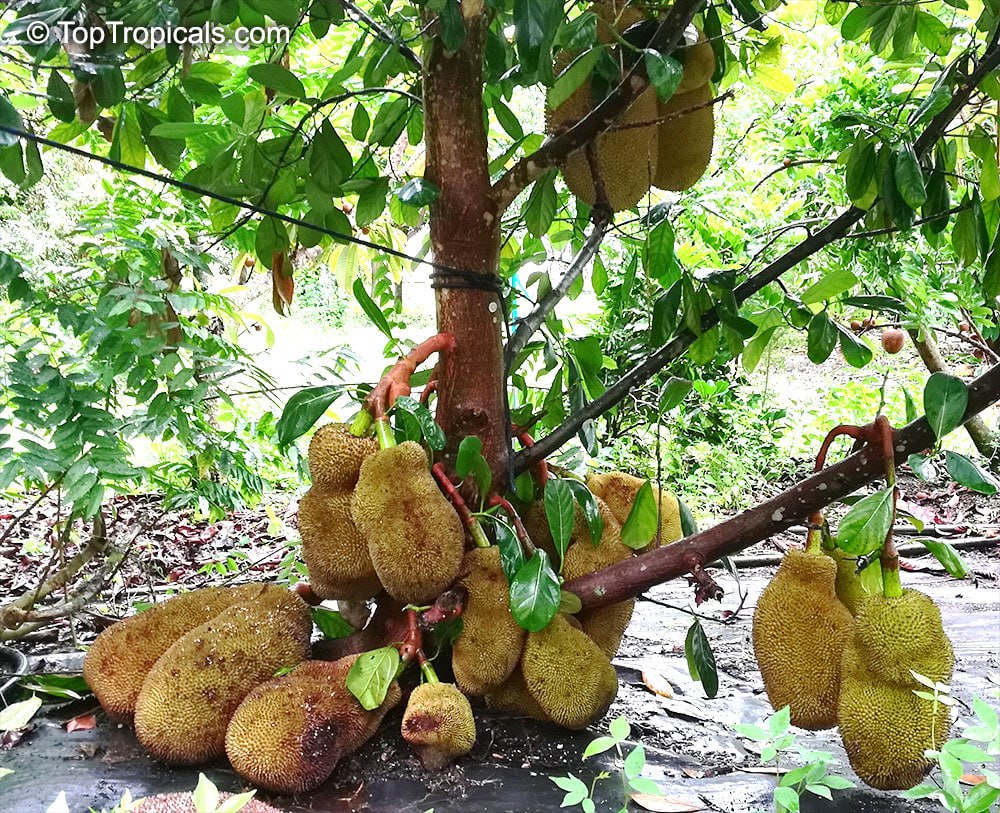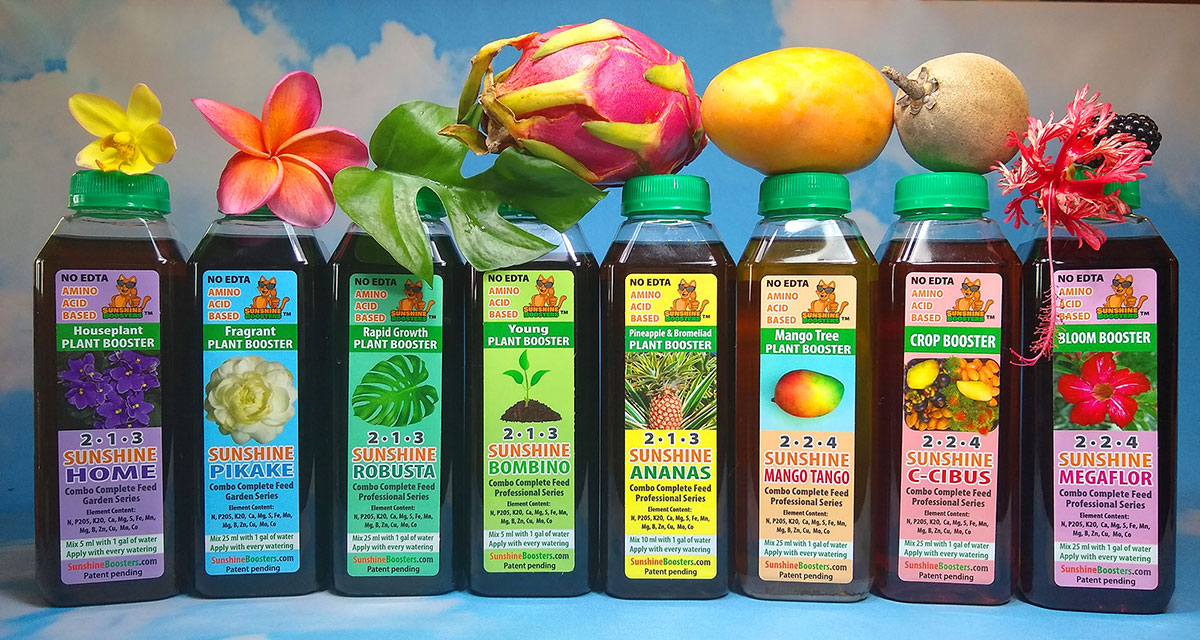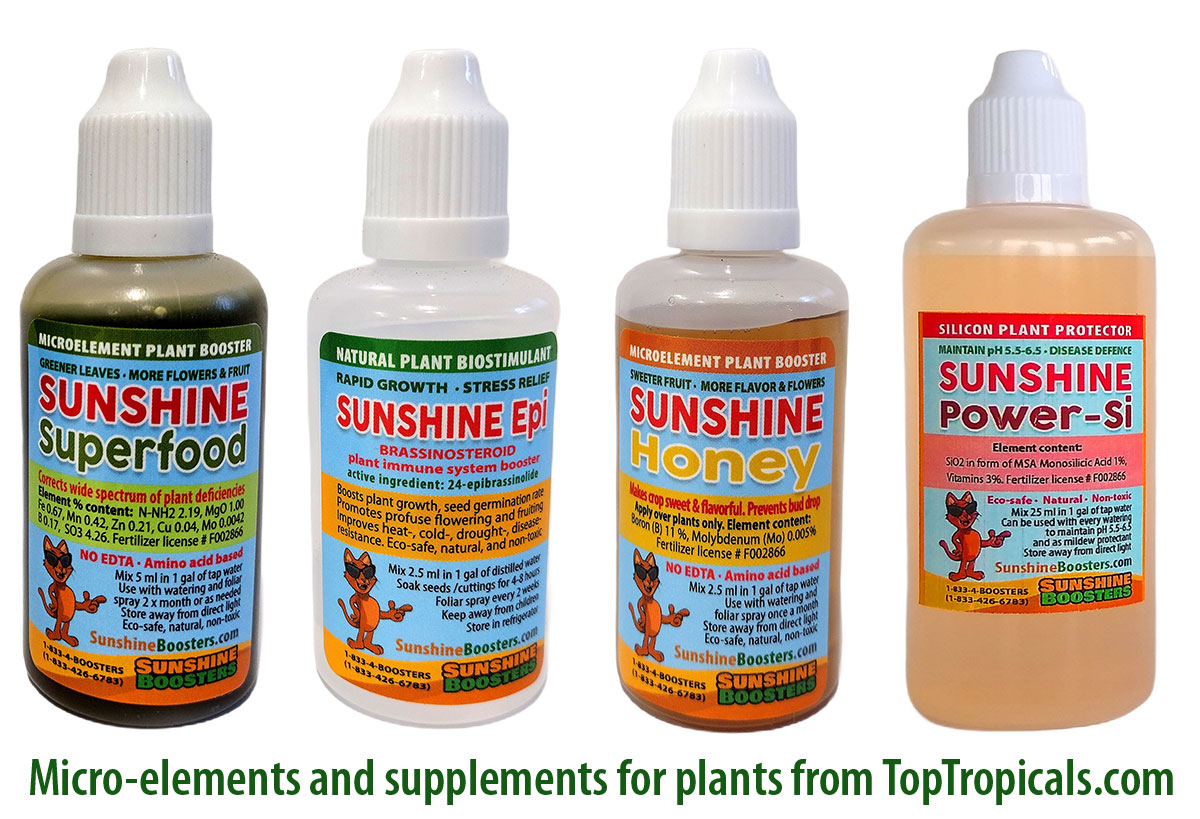Which fertilizer to use: Organic or Inorganic?
ℹ️ Fertilizers help plants grow. They give plants nutrients they need. There are two types of fertilizers:
🐮 Organic Fertilizers:
- · Made from natural materials: compost, manure, plant waste.
- · Good for the soil and environment.
- · Release nutrients slowly, which helps plants over time.
Inorganic Fertilizers:
- · Made from chemicals in factories.
- · Can give plants quick nutrients.
- · Might harm the soil and environment over time.
⏺Pros of Organic Fertilizers:
- · Better for the health of the soil.
- · Helps good microorganisms live in the soil.
- · Safer for pets and kids.
- 🔴Cons of Inorganic Fertilizers:
· Can cause pollution.
· Might make soil unhealthy if used too much.
🟢 Sunshine Boosters is your ultimate solution:
- ➡ based on organic fertilizers (organic amino-acids).
- ➡ help plants grow strong and healthy without harming the environment.
- ➡ make the soil better, support friendly bugs, and are safe for everyone.
- ➡Using Sunshine Boosters means you’re taking care of your plants and the planet!
📚 Learn more, with charts:
Organic or inorganic fertilizers, which is best?
🛒 Shop Sunshine Boosters
#Fertilizers
🔴 Join 👉 TopTropicals
